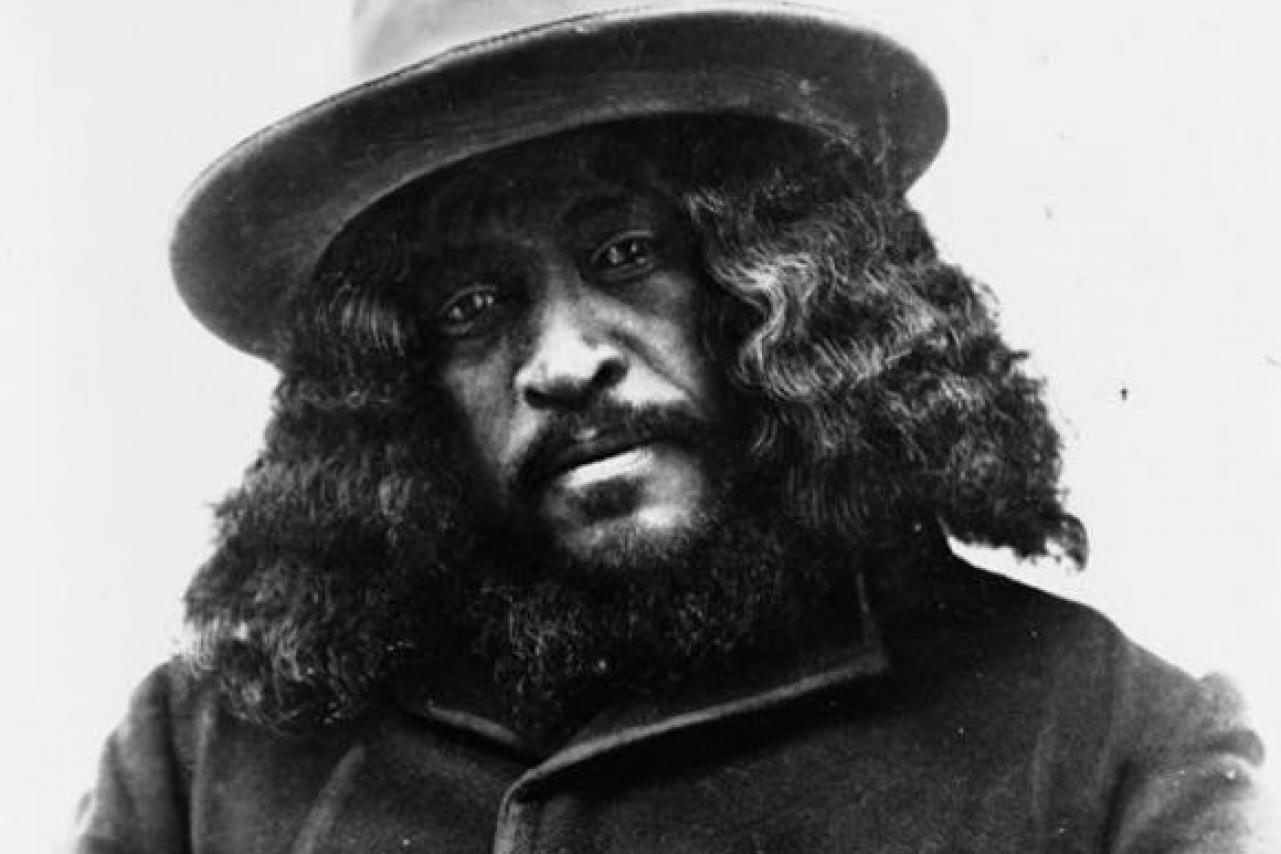Rua Kenana - Tūhoe prophet from the Urewera
To celebrate Māori Language week our daily instalments are back! This year we’ll be featuring inspirational Māori leaders from the Eastern Bay of Plenty.
Rua Tapunui Kenana (1869–1937) was a Māori prophet, faith healer and land rights activist. Self-titled “Te Mihaia hou”, the new messiah, he led the Tūhoe people at a time when their lands in the Urewera Ranges were threatened by prospecting and milling.
In 1907 Rua formed a non-violent religious community at Maungapōhatu, the sacred mountain of Ngāi Tūhoe, in the Urewera. The community, also known as New Jerusalem, included a farming cooperative and a savings bank with a thriving population of 1000 people. Many pakeha regarded Maori as “lazy, shiftless and drunken” so the return of self-respect and independence under Rua amazed and even irritated them.
In meeting with the prime minister of the time, Sir Joseph Ward, in March 1908 Rua accepted Ward's argument that there could be no separate Māori government: 'there cannot be two suns shining in the sky at the one time'. Rua also interpreted this to mean that there would be the same laws for Māori and Pakeha, just as they enjoyed 'the one sun that shone above our heads'. He therefore created the flag that he flew at Maungapōhatu: the Union Jack with a message stitched onto it, 'Kotahi te ture mo nga iwi e rua Maungapōhatu' (One law for both peoples, Maungapōhatu). Alongside it he flew his own ancestral flag, Te Tahi-o-te-rangi, here taking his identity (as Te Kooti had before him) from the Tūhoe hero who had urged, 'Let us acquire fame by means of mercy' (instead of by revenge). Rua's leadership, based on the principles of equality under the law and pacifism, came to be seen as a threat.
During World War One he was harassed by the police because of the region's liquor sales and in a moment of anger he told his followers to support the Germans. A first attempt to arrest him in February 1915 was unsuccessful and in March 1916, seventy police were sent to arrest him for sedition.
He was arrested on April 2nd 1916, after a shootout between his followers and the police. None of the charges against Rua based on these events at the arrest stuck, but he was found guilty of a lesser offence – moral resistance at Te Waiiti. The trial held in the Auckland High Court lasted 47 days and was the longest trial in NZ history until 1977.
The judge sentenced him to 12 months hard labour and 18 months imprisonment, a very heavy sentence. Eight members of the jury signed a petition protesting the harsh treatment of Rua.
Eventually serving 9 months in Mt Eden Prison, Rua returned to his followers in 1918 in a much poorer state due to the legal cost of the trials and raids. While many people left, others stayed with him until his death in 1937.
Rua Kenana can be portrayed as a controversial character; he was a divisive leader, but the ideal commander for a substantially dispossessed people who needed a vision. His efforts were directed into gathering the people, trying to make it possible for them to live and work together. Rua Kenana’s story is used by many to keep the issues of justice and Māori autonomy alive.
